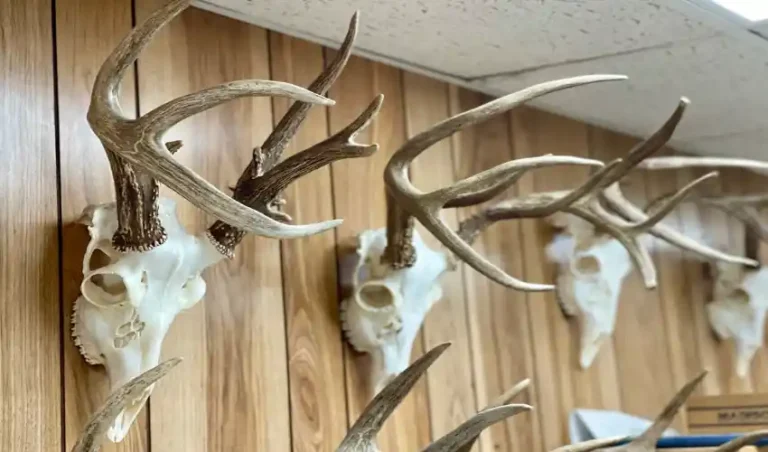Taxidermy is a fascinating craft that blends art, science, and patience. Whether you’re interested in preserving animals as a hobby or considering it as a professional career, knowing the right time to start learning taxidermy can make a significant difference in your progress and success. In this article, we’ll explore the best time to begin your journey into taxidermy and what factors you should consider before diving in.
- Age Considerations
There is no strict age requirement for learning taxidermy, but starting young can be advantageous. Many taxidermists begin as teenagers, often between the ages of 12 and 16. At this stage, young learners are more adaptable and can develop skills more quickly. However, adults can also start learning taxidermy at any age, as long as they have patience and dedication.
- Seasonal Timing
Seasonality plays a role in learning taxidermy for sale. The best time to start is often during the fall or winter when hunting seasons are in full swing. This period provides an ample supply of animal specimens, making it easier to practice and experiment. Additionally, colder temperatures help in preserving specimens before they are worked on, preventing decomposition.
- Availability of Learning Resources
Before diving into taxidermy, ensure you have access to quality learning resources. Books, online courses, workshops, and mentorship programs are valuable tools for beginners. If you have a mentor or professional taxidermist willing to teach you, that can be an excellent starting point. Some organizations also offer beginner classes at different times of the year.
- Financial Readiness
Taxidermy requires specific tools and materials, which can be an investment. The best time to start learning is when you have the financial resources to purchase quality tools such as scalpels, fleshing knives, needles, and preservation chemicals. Researching budget-friendly options and saving up for equipment beforehand can make your learning experience smoother.
- Personal Readiness and Interest
Interest and dedication play a crucial role in mastering taxidermy. If you have a deep appreciation for wildlife and anatomy, you’re already at a great starting point. The best time to start learning taxidermy is when you feel mentally prepared and genuinely passionate about the craft.
- Access to Specimens
Having access to legally obtained specimens is vital for beginners. Hunters, trappers, and farmers may be willing to provide specimens, and some taxidermists donate practice materials to students. Checking local laws on acquiring and working with animal remains is essential before starting.
- Choosing the Right Learning Method
There are multiple ways to learn taxidermy, including:
- Self-study through books and online tutorials
- Taxidermy schools and courses
- Apprenticeships with experienced taxidermists
- Workshops and hands-on training
Choosing a method that aligns with your schedule and learning style can determine how efficiently you acquire taxidermy skills.
- Legal and Ethical Considerations
Different regions have laws regarding taxidermy and the use of animal remains. The best time to start learning taxidermy is after researching and understanding local regulations. This ensures that your practice is legal and ethically sound. You may need permits to handle certain species, so checking with wildlife authorities is advisable.
- Setting Realistic Expectations
Taxidermy is a complex skill that requires time to master. Starting at a time when you can dedicate consistent practice hours will yield the best results. Beginners should expect to make mistakes but use them as learning opportunities to improve their craft.
- Finding a Supportive Community
Joining a community of taxidermy enthusiasts or professionals can provide motivation and valuable insights. Online forums, social media groups, and local taxidermy clubs are great places to connect with others who share your passion.
Conclusion
The best time to start learning taxidermy depends on various factors, including your age, access to resources, seasonal availability of specimens, and personal readiness. While fall and winter are ideal due to the abundance of specimens, anyone with dedication can start learning taxidermy at any time of the year. By preparing in advance and setting realistic expectations, you can embark on a rewarding journey into this intricate and artistic craft.
